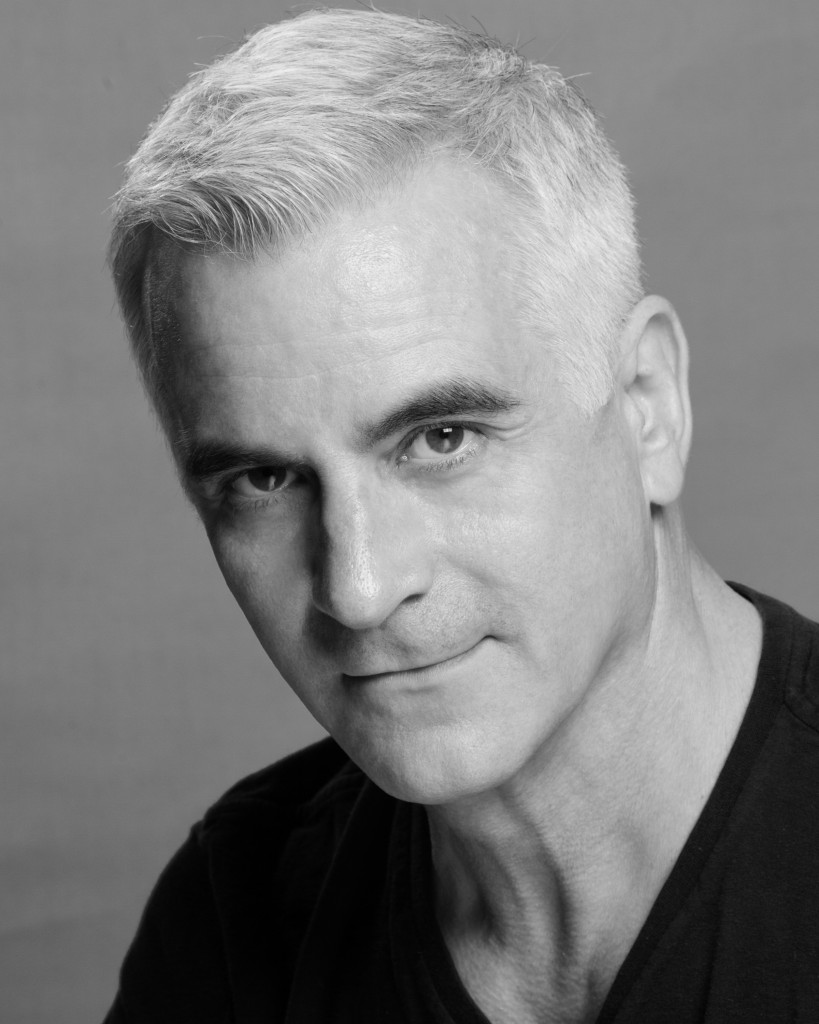
As we continue our series on choreographers we are pleased to welcome Val Caniparoli – Resident Choreographer for San Francisco Ballet…
You have had a long and varied career as a choreographer. Can you describe a few of the highlights?
It’s difficult to describe highlights in the years since my first creation in 1979. Many highlights for me are when a dancer that I have chosen gets promoted or gets more attention after they have performed my work. I love to give underdogs a chance in major roles.
The response from the World Premiere of Lambarena from the audience opening night with San Francisco Ballet in 1995 was huge.
Creating two successfully different Nutcrackers for two different Company’s (Louisville Ballet and Cincinnati Ballet) is a highlight.
I guess highlights for me are when I create works that audiences love to watch and dancers love and want to be in them. Also when the work exceeded my expectations and the concept, choreography, design and dancers all synch together perfectly. Ibsen’s House and Incantations are examples.
What comes first for you in the process of choreographing a new dance? How do you begin?
When creating a new work inspiration from the music that I came across is the easiest and the best way to begin. When I am commissioned I first need to know what is on the program with me if it’s not a full length work I’m creating. Does the director want an abstract or a story? How many dancers does he or she want me to use?
Some other questions I ask are: Does it need to fit in the beginning, middle or end of the program? What is the budget? How long is my creation process? Can I pick my own designers? Can I have a set or decor? How long are the stage and tech times before the opening? Can the project fit into both my and the company’s existing schedule?
These (and many more) questions need to be resolved before I can even begin working on the artistic side of the new creation.
What is your process like when you are making dances?
The response above answers the first part. The next part is to solidify the music choice, pick the design team and get to work. I collaborate with all the designers from the very beginning on concepts and vision. I’m not one to create the work and then paste on the designs.
We all start work on each project at least a year in advance. Many meetings and telephone calls. Now we have the advantage of Skype. I try to include the Artistic Director in my progress as much as possible.
What role does the music play for you?
The music is the major key in my work.
I studied music for over thirteen years and went to college with the hopes of being a music major. The dance career happened later.
I find it easier when I find music that inspires me and then the ideas begin to flow. It’s very difficult is to have an idea and try to find music that fits. I postponed my idea for The Lottery for over 13 years because I could not find the music to fit my concept and ending. I eventually realized that I would need a commissioned score.
How do you think your choreography has changed over the course of your career?
I think the more works that I have created the more confident that I have become. I second-guess myself rarely now and go with my gut feelings.
Lambarena was a pivotal time in my choreographic career. I still use African Dance in my choreography to this day.
I love all kinds of music and you can see that in the wide range of composers that I choose. I love to be challenged by the scores.
Would you say you have been influenced by any other choreographers?
I can’t say that any particular choreographer has influenced me. San Francisco Ballet has always had a wide range of choreographers and styles–from the 70’s to this day. I think this influenced me more than any one choreographer. I’m inspired by a wide range of choreographers.
Do you have any particular way of getting yourself into a “creative space” where you can choreograph more easily?
I’ve been invited many times to secluded spaces to workshop so that I can be creative, however, I turn them all down.
I need noise, chaos and people around me. I am definitely an observer and need to be around crowds and in the city. Quiet makes me nervous in general.
I need eager dancers in the room as well to be creative. I am inspired by them and create works for them. They have a voice and ultimately take ownership of the ballet. I feel this makes for a better performance.
What is coming up next for you?
I have new works coming up for San Francisco Ballet, Louisville Ballet and Smuin Ballet in the next 4 months. Many revivals as well for Washington Ballet (Bird’s Nest), Diablo Ballet (Fade To Black, Lady of the Camellias, Pdd), Cincinnati Ballet at The Joyce in NYC (Caprice), among others.




